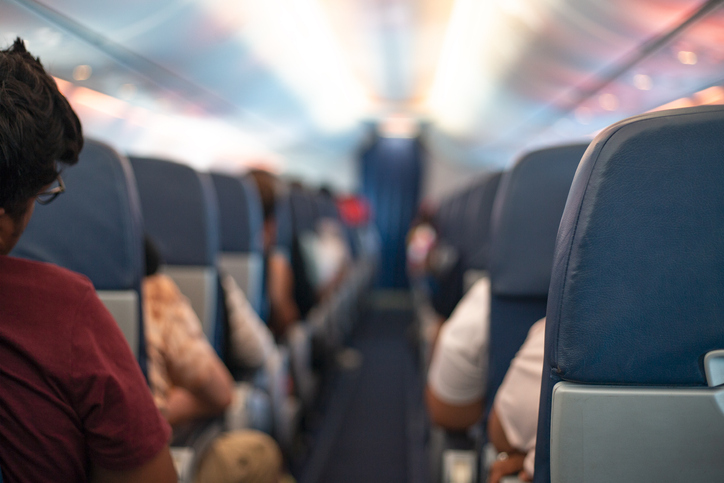A Costa Rican doctor, Alejandro Moya, was once called upon to help in a medical emergency on a flight. He identified that the patient was having a myocardial infarction that required interventions not available 28,000 feet in the air.
The plane was diverted to the nearest airport and the patient transferred to a hospital. Other travellers were not happy to have an extra stop and have to wait two hours for the next takeoff but it was necessary to save a life.
Another Costa Rican doctor has also used his skills aboard a plane, or rather three planes. Doctor Clive Montalbert attended three incidents on flights. One, being a heart condition, required an emergency stop. The other two he was able to handle in the air. When a girl had a fever and was convulsing, he used cold compresses to lower the fever. When a man had abused liquor and pills leading to him lose blood pressure and faint, the doctor moved him to a seat where he could rest with his feet up to better his blood pressure.
There is a medical emergency on one out of every 604 flights, or 130 per million passengers. Flight attendants are trained in first aid and there is always a ground crew offering medical consultations for emergencies.

